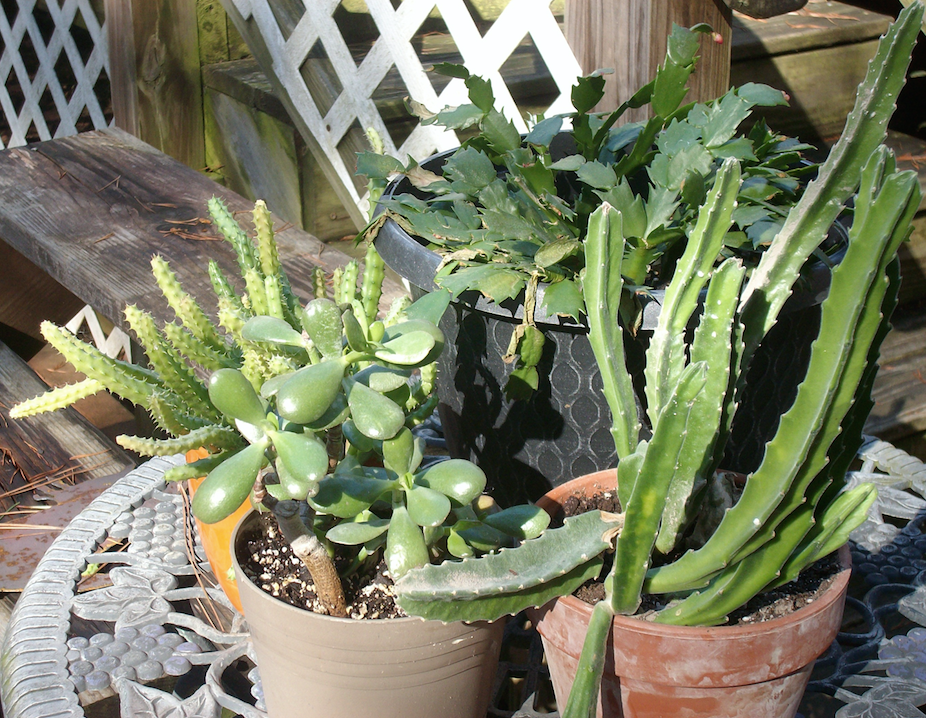Succulent gardening featured at Master Gardener plant sale
Published 11:28 am Thursday, February 27, 2020

- This succulent collection will be among the plants featured at the Southside Master Gardener Association plant sale on Saturday, May 2.
|
Getting your Trinity Audio player ready...
|
It’s no secret that succulent plants are successful growers.
More than 10,000 succulent varieties can be found around the world, in such difficult habitats as mountain tops, desert expanses, jungles, even on rocky coastlines. They are so widespread because they have adapted to survive by creatively conserving their most precious resource – water.
The 10 main succulent groups don’t look much alike.
Cactus plants are distinguished by their spikes that conserve water loss and protect them from predators – but these look very different from the fleshy lobes of jade plants, the tree-like crassulas or the strange convolutions of euphorbias. In spite of their different appearances, succulents have common needs for light, temperature, water application and planting media, and this makes them an easy choice for home gardeners.
As they have adapted to the availability of water, succulents have also evolved to react to light conditions. The home gardener should be careful to provide enough light without burning the leaves or causing growth to become spindly. A window with gentle eastern exposure is best. For south-facing windows with bright light, a sheer curtain can cut the amount of light to a tolerable range. Outdoor pots can be moved for maximum advantage and may need to be placed in light shade during hot sunny days. Plants in a greenhouse or cold frame will need a shade cloth.
All succulents need good drainage, whether in pots or planted in the ground, and should never sit in water. Adding rocks that provide shelter and gaps in the soil is a good choice outdoors. While most succulents thrive outdoors in dry, arid areas with hardiness zones of 10 – 12, Southside landscapes show off a few varieties such as agave, prickly pear and Sempervivums that make it through our winters once they become well established. Tender, fleshy succulents tolerate high temperatures (ideal daytime temps of 70 to 85 degrees but up to 100 degrees if provided a little shade), but they don’t do well with frost, ice and snow. The worst conditions are high rainfall with freezing temperatures, which can rupture the plant cells making them look like they “melted.” Cover outdoor plants with fabric tarps or frost cloth during cold snaps or bring pots indoors to sunny windowsills.
Propagating succulents is also easy. Some will grow from leaf cuttings where the whole leaf detaches from the stem and starts a new plant. Others will shed stems that can be allowed to dry off and heal over or callous before being placed in the potting medium to put out new roots. Drying succulent cuttings before replanting prevents root rot. Clumps can be divided using sterilized tools and allowed to heal over before replanting.
Succulents that produce “pups,” such as aloe, can simply be gently separated from the parent plant, allowed to dry off and given their own containers. Once replanted, put the new pots in indirect light and don’t water until roots have formed. For outdoor agaves, a large rock placed next to the plants can absorb heat during the day and give shelter from winds.
Come out and learn about succulents at the Southside Master Gardener Plant Sale Saturday, May 2, 7:30 a.m. to noon in the parking lot of the Halifax Library on Main Street, Halifax. Several varieties will be for sale.





